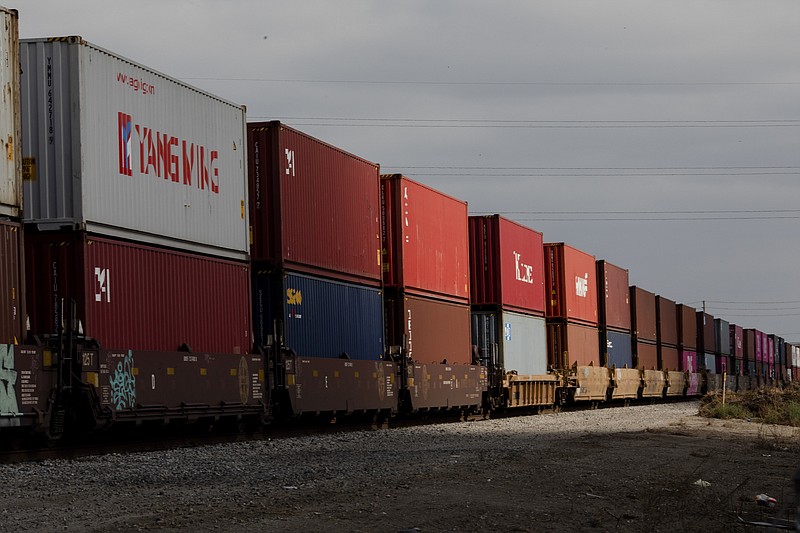The short story behind the now-averted railroad strike is this: The largest freight railroad carriers in the country were willing to cripple the transportation infrastructure of the United States rather than allow their workers to take the occasional day off to see a doctor or attend to their families.
Here's the longer story. This week, unions representing tens of thousands of railway workers were poised to strike in protest of poor working conditions and low wages. Their complaints were straightforward. The two largest freight railroad carriers -- Union Pacific and BNSF Railway -- were using attendance policies that punished workers for taking time off from the job. "Engineers and conductors face penalties for taking any time off," The Washington Post explained in its report on the labor dispute, "including weekends, outside of holidays and preplanned vacation, even in the case of emergencies."
The fact of the matter is that a decade of corporate cost-cutting, including smaller crews for longer trains, has placed railroad workers under incredible pressure. Not only are they unable to take time for emergencies or sudden illnesses, but they are almost always on call, with just a few hours' notice before they have to take a shift. For them, the tight schedules and stiff punishments translate to strains on their finances, families and health.
What makes these conditions worse is that they come at a time when rail carriers are posting record profits as a result of demand during the pandemic. As NBC News reports, BNSF had a net income of nearly $6 billion in 2021, up 16% from the previous year. Union Pacific, likewise, had a net income of $6.5 billion, which was also up 16% from the previous year. But this windfall has not stopped the carriers from trying to wring as much labor as possible out of a steadily shrinking workforce.
The White House has been struggling to resolve the impasse for fear of what a strike could do to the economy (and to Democratic chances in November). According to the Association of American Railroads, which represents the freight industry, a rail shutdown would be "devastating" for the transport of consumer goods, industrial chemicals, agricultural products and motor vehicles.
On Thursday morning, President Joe Biden announced a tentative settlement between the rail companies and rail unions. "It is a win for tens of thousands of rail workers who worked tirelessly through the pandemic to ensure that America's families and communities got deliveries of what have kept us going during these difficult years," Biden said in a statement. "These rail workers will get better pay, improved working conditions, and peace of mind around their health care costs: all hard-earned."
It remains to be seen, of course, whether union membership will vote to ratify the deal (there are 12 different unions involved). For now, however, we can say something that bears repeating: This standoff demonstrates the power and importance of unions and collective bargaining for ordinary workers.
Today, even with the surge of union activity in fast food and other service-related industries, private-sector unionization is still at its lowest point since the passage of the National Labor Relations Act of 1935. And yet, as we've seen, where unions are strong -- or at least, where they have strength -- they are still able to challenge the rapacious and exploitative behavior of business owners and employers.
This more recent episode, then, is a potent reminder that the single best thing Biden and the Democratic Party could do for workers is to give them the tools and support to build power for themselves. Which is to say that while Democrats do not have the votes to overhaul labor law and protect the right to organize in this Congress, if and when they do, they must.
The New York Times
